Now that Christmas and New Year's are behind us, the stores are filling up with hearts and candy for Valentine's Day, just right for my novella "The Valentine Poem."
All through the long 18th century, Italian composers, musicians, artists, writers, and teachers found welcomes from British audiences for their work.
Below, Angelica Kauffman, RA (1741-1807) self-portrait; Antonio Zucchi, RA (1726-1795), by Angelica Kauffman, his wife. They worked both individually and together on many projects in England, particularly wall and ceiling panels in buildings inspired by neoclassical architect/designer Robert Adam and his family.
Not only the gifted found their way to England. The many wars and the crazy quilt of shifting political allegiances -- kingdoms, duchies, princpalities, domination by other nations -- led thousands of Italians north. Farmers, street peddlers, skilled artisans, seamen, and restauranteurs were a few of their occupations. Many of the exiles were conspiring to promote schemes for the unification of the Italian peninsula, activities the British government wanted to keep tabs upon.
I can't conclude until I acknowledge the incredible Maria Coasway, a composer and muscian as well as a renowned painter who exhibited her work at the Royal Academy. She is almost equally famous for her relationship with Thomas Jefferson, begun in 1786 Paris when he was envoy to France, and documented in numerous letters archived at the University of Virginia, the topic of both books and films. This well-known love affair should not dim our respect for her excellence in artistic fields rarely achieved by women in her time. Brava, Maria!

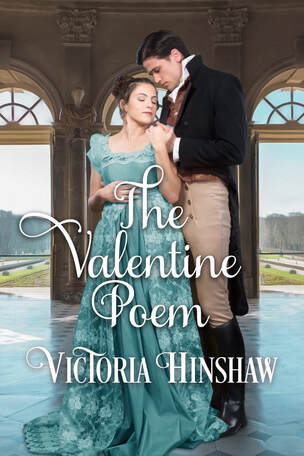
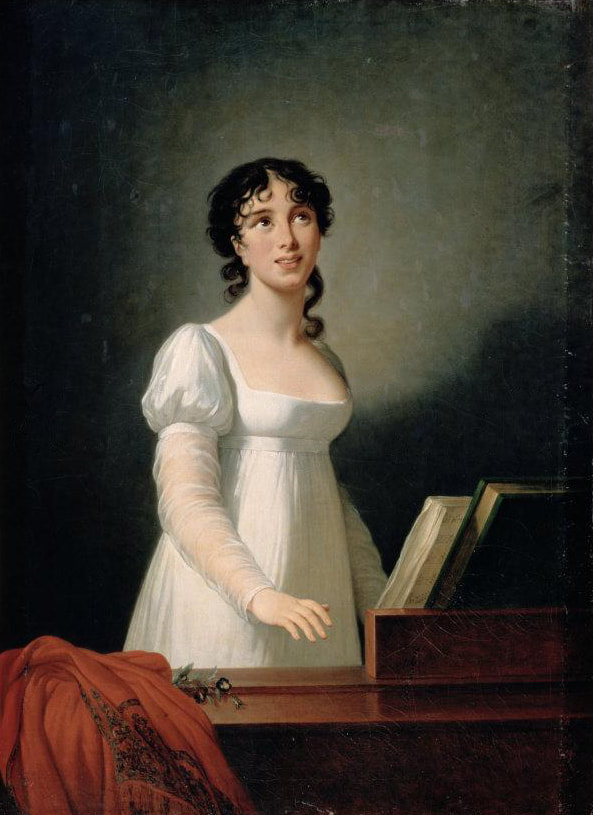
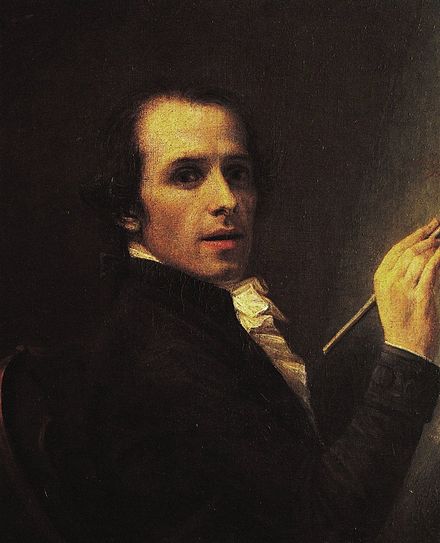
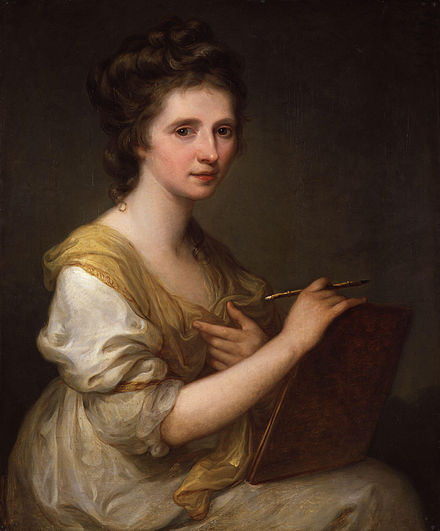
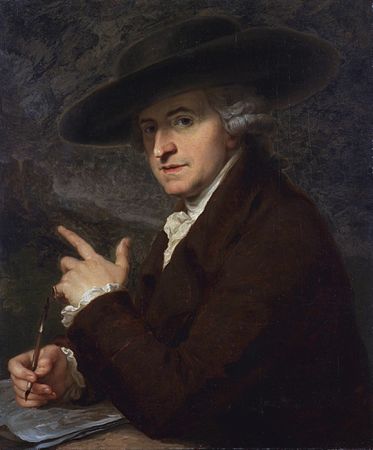
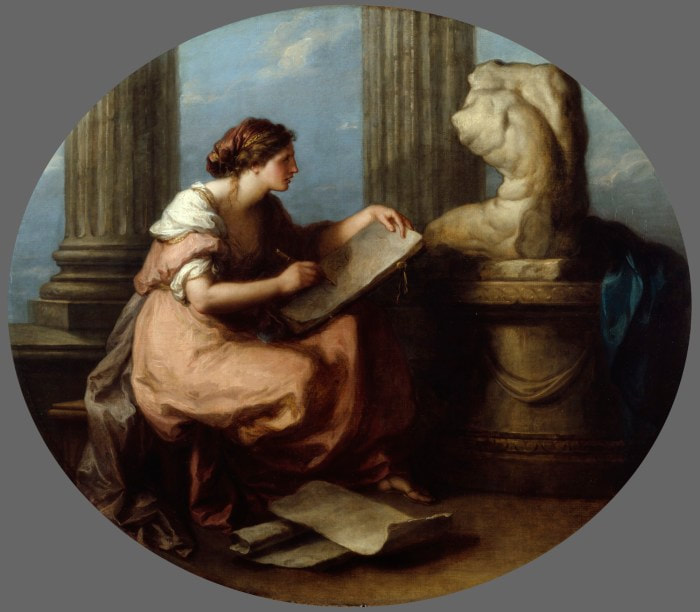
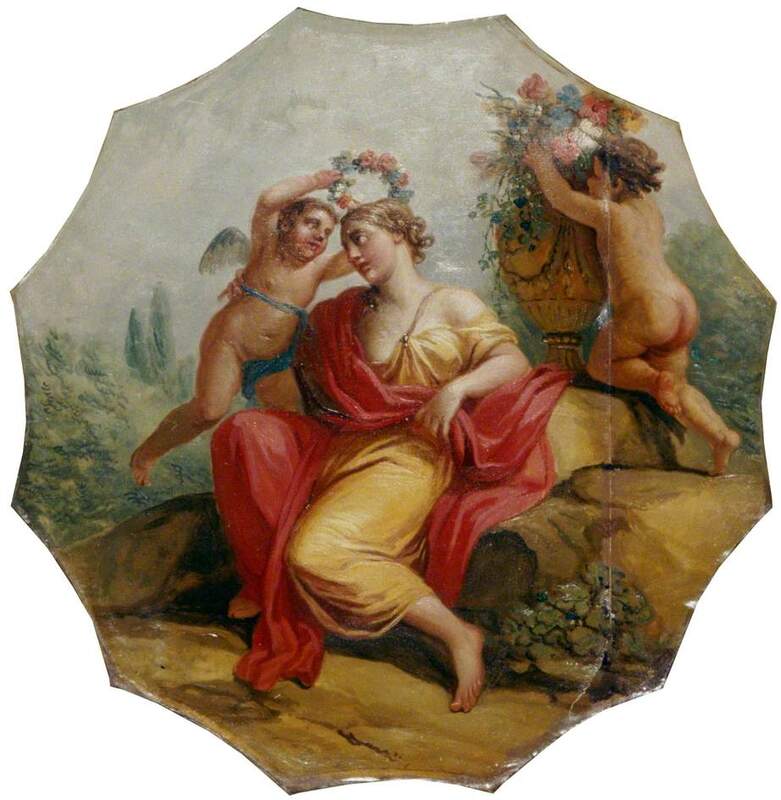
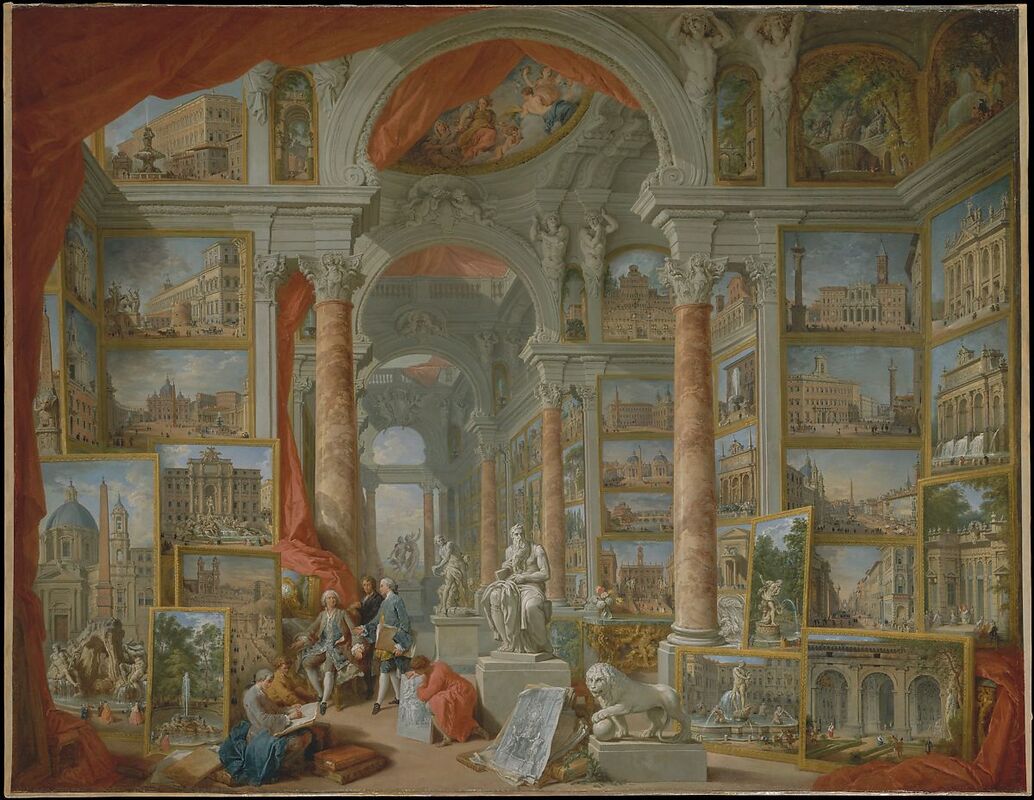
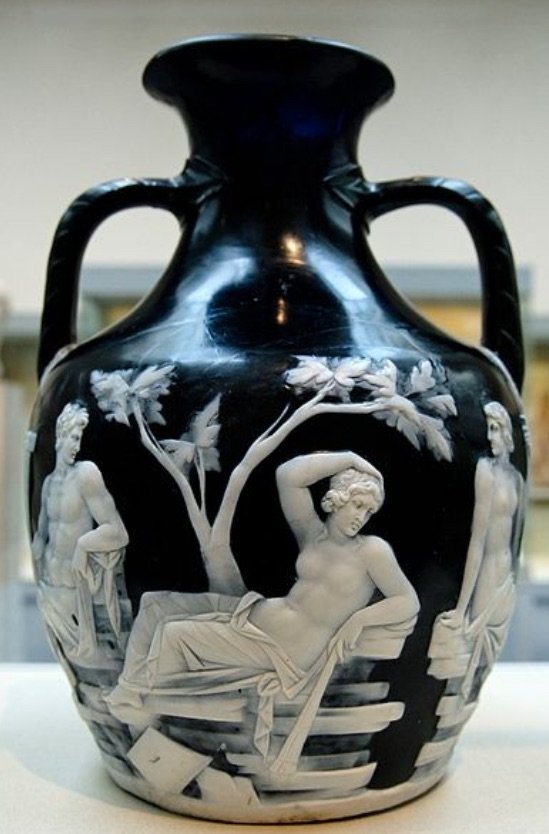
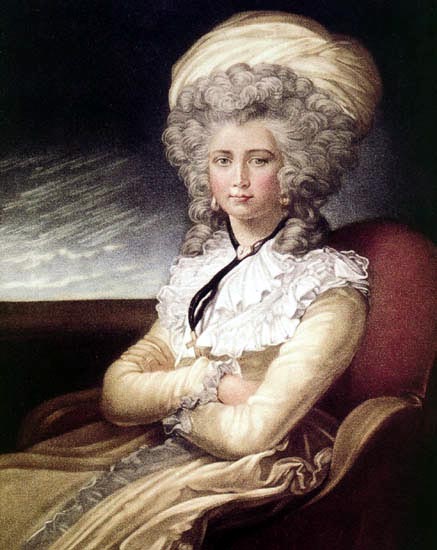
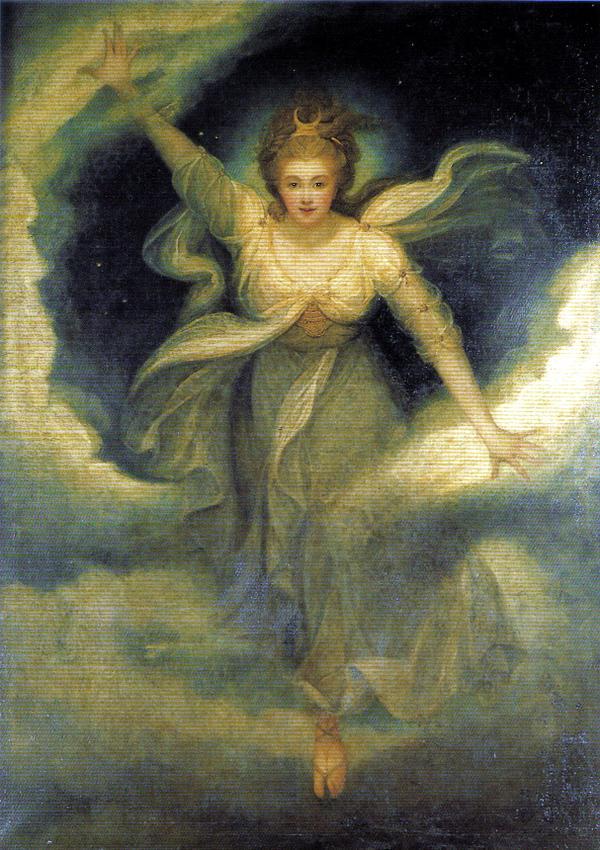
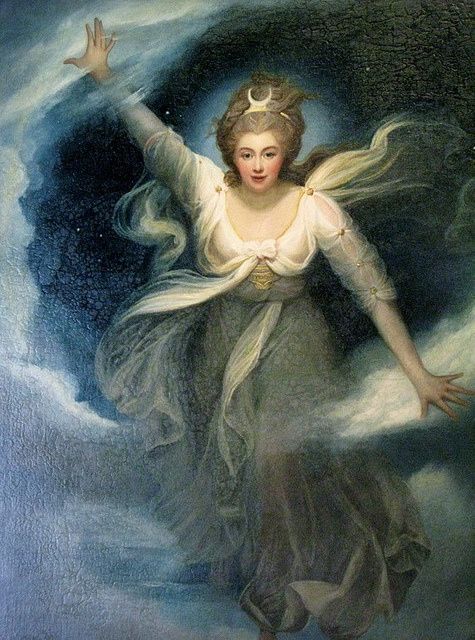
 RSS Feed
RSS Feed